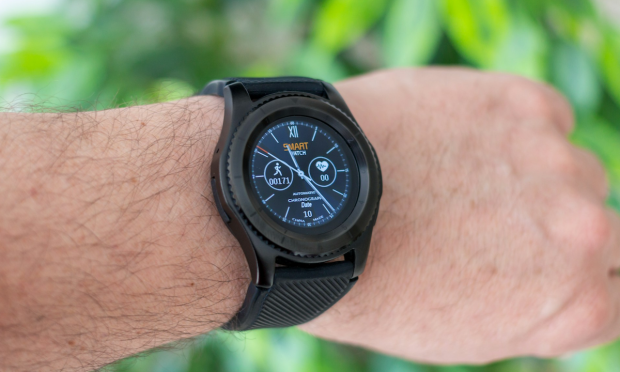
Innovations within the healthcare sector can save lives, as well as time and money.
That’s because the sector is primed for the transformative applications of the latest technologies, from connected wearable devices to generative artificial intelligence (AI).
From lowering the cost of care delivery to eliminating provider friction, optimizing insurance segmentations, and even streamlining the fragmented healthcare payments ecosystem, the breadth and depth of opportunity areas for integrating next-generation technologies across healthcare cannot be overstated.
This, as research from MIT and Google shows that large language models (LLMs) can be trained on wearable sensor data based on contextual information, such as user demographics and health knowledge, and physiological data, including resting heart rate and sleep minutes, to deliver personalized, multi-modal health predictions.
The researchers tested the capacity for AI to positively impact 13 health prediction tasks across mental health, activity tracking, metabolism, sleep and cardiology, and found that the combination of AI and wearable data can yield up to a 23.8% improvement in health prediction performance.
“The realm of healthcare has been revolutionized by the advent of wearable sensor technology, which continuously monitors vital physiological data such as heart rate variability, sleep patterns, and physical activity. This advancement has paved the way for a novel intersection with large language models (LLMs)… significantly enhancing overall performance,” the researchers wrote.
The implications are immense. With its ability to analyze vast amounts of personal data culled from connected, wearable health devices, genAI can assist clinicians in making more informed decisions, identifying dynamic patterns that may not be immediately apparent, and even predicting patient outcomes.
The downstream impact on physician workloads could lead to more repeatable, lower-cost outcomes for patients and an optimized care delivery program for healthcare systems.
Read more: Can Always-On AI Give Healthcare Providers a Helping Hand?
The PYMNTS Intelligence report “Connected Wellness: Tracking The Rise Of Health-Tracking Technology,” published in collaboration with CareCredit, found that use of a health-monitoring website or app, or the use of at least one health-monitoring technology and health-monitoring wearable, have each seen upticks.
The health wearable revolution is being driven by younger generations, and is creating a wealth of new, continuously monitored health data that can be tapped to deliver better care outcomes and reduce redundancies and process frictions that drive up cost.
Importantly, the researchers from MIT and Google did not build a brand-new AI model. Rather, they used the dynamic data pulled from personal health monitoring devices to fine-tune existing LLMs — meaning that the research’s impact on care delivery is inherently democratized.
“Technology drives convenience and access, and that drives engagement. That’s what allows people to better utilize the healthcare system,” Neil Batlivala, co-founder and chief executive officer at Pair Team, told PYMNTS.
Still, the researched noted that, “ethical concerns regarding privacy, bias, and explainability remain, necessitating further investigation before real-world deployment.”
And despite the potential benefits of AI in healthcare, separate PYMNTS Intelligence found that 60% of adults remain uncomfortable with the idea of AI-driven healthcare decisions. Surveyed concerns range from biases in AI algorithms to fears that AI may lead to worse outcomes.
But time and greater familiarity with AI may allay those concerns, and the incentives on the side of patients, health systems and insurers who are seeking more seamless solutions to everything from initial diagnosis to final payment are difficult to ignore.
See also: How Gen AI Helped Healthcare Get Smarter
Faster, AI-assisted diagnoses that draw upon personal information — especially information that was previously challenging to surface or place within a health context — have the potential to lead to faster treatment, in turn producing better and more repeatable outcomes, offering a number of possibilities for better patient care, diagnosis accuracy and treatment outcomes.
“AI has been revolutionizing medicine over the last few decades,” Forward CEO Adrian Aoun told PYMNTS in a December interview. “The problem is that it hasn’t been doing it in the ways that we care about.”
And for patients facing confusing health payment systems, and for providers buried in administrative paperwork, there are many areas for AI to play where people care about.
“It’s critical to look at the context around the payment and find ways to add value … [That value can be captured by a] healthcare landscape where providers have fully embraced technology,” Brad Garfield, managing director and head of healthcare solutions at J.P. Morgan Commercial Banking, told PYMNTS in August. “A better way to do things already exists, and organizations need to retool their processes in order to capture the benefits.”